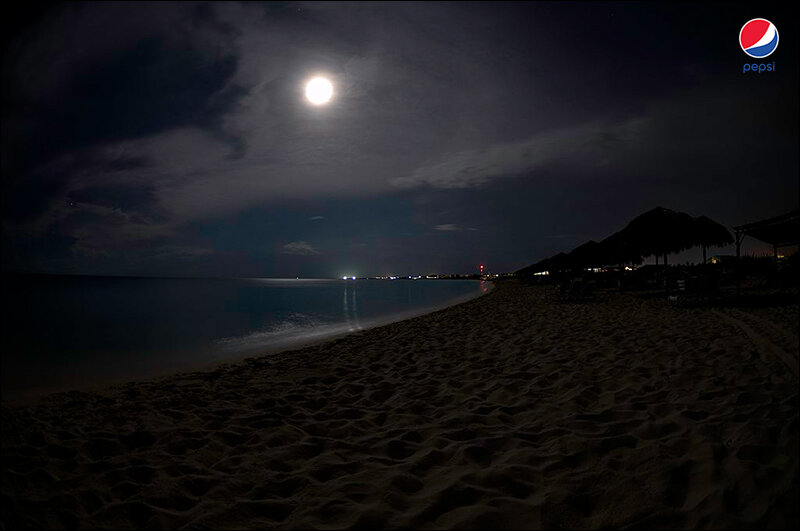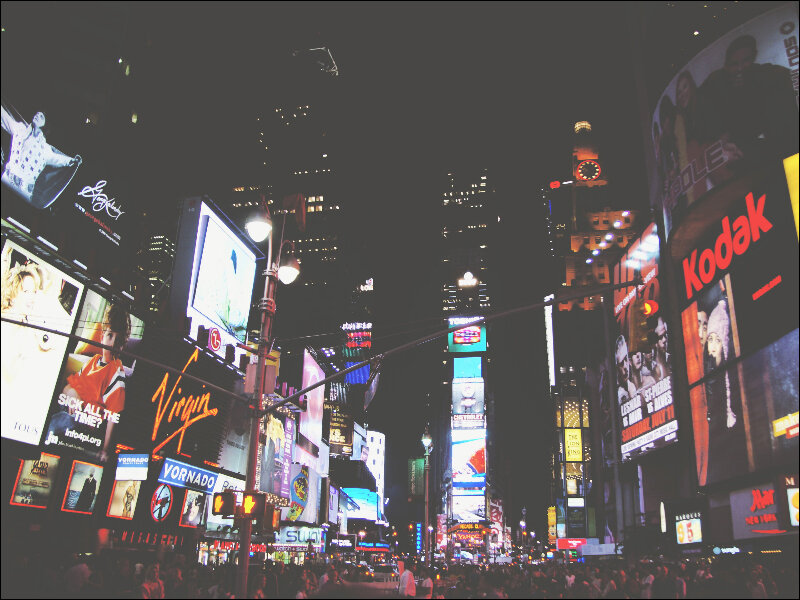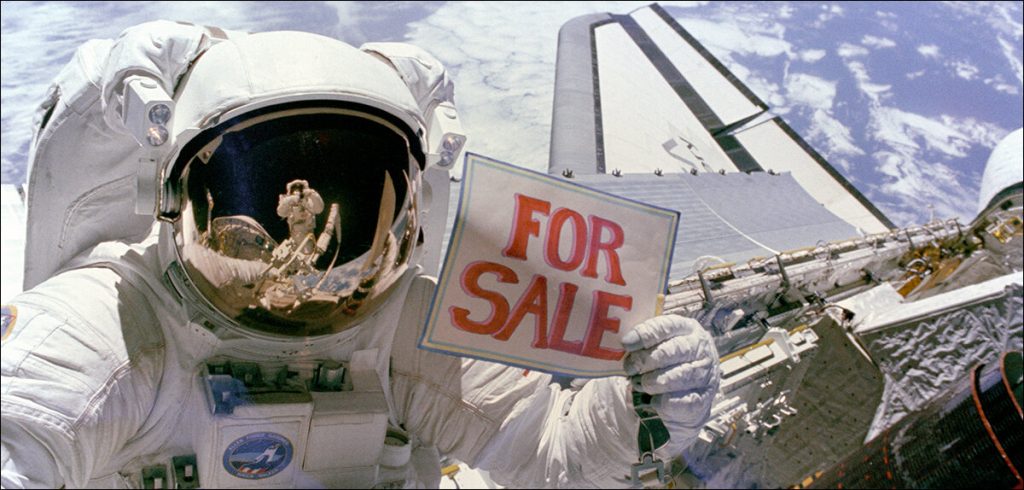While Musk, Pepsi, StartRocket received criticism causing plans to advertise in space put on hold, how much longer will it last, asks Nigel
Star gazing is probably one of the only human pastimes that can still be conducted in peace without the senses being assaulted by infomercials but maybe not for much longer. While it’s true that light pollution from big cities makes it harder to see the stars on a clear night, in this post we’re going to be talking about light pollution on a whole nother level. Imagine stretching out on the grass and looking up at the stars and instead of Orion’s Belt, you see a giant Coca-Cola sign reminding you to go drink some liquid candy or maybe a Tesla sign reminding you to get rich.
Space Billboards

Arthur C Clarke wrote about a soft drink company advertising its logo on the moon in his 1956 book called Venture to the Moon. PepsiCo came pretty close to fulfilling this “prediction” in 1996 when they paid $5m to the Russian Space station Mir to float a Pepsi can in space and again in 2019 when they partnered with StartRocket to put an energy drink advertisement in space. Additionally, Elon musk in partnership with Canadian startup GEC was planning to advertise in space with the help of a satellite with a pixelated screen and a selfie stick earlier last year.
While Musk, Pepsi, and Russian space startup StartRocket all received loads of criticism with thousands of people promising to boycott Pepsi products causing all plans to advertise in space to be put on hold, for how much longer can the skies be kept safe from advertising? With the cost of advertising going up and the cost of satellites going down, not for much longer says a new study conducted by two Moscow-based institutes, Skoltech and MIPT (Moscow Institute of Physics and technology). In fact, they already have a price tag at which space billboards would be profitable and it’s not as high as you would think.
111 million reasons

In a new paper published in the Aerospace journal titled “Satellite Formation Flying for Space Advertising: From Technically Feasible to Economically Viable,” researchers analyzed the economic viability of sending about 50 small satellites into space to form fake constellations that form words or logos for advertisers. Each satellite would be about 20cm X 20cm X 34cm in size, weigh about 8kgs and have a solar reflector that would look just like a star to the naked eye. So a constellation of these satellites spelling out a word or a logo would look like something “written in the stars.”
As far as cost and profitability go, researchers estimate it would cost about $65 million including manufacturing, maintaining, and launching the satellites and while there are a lot of variables and geographic constraints, the payout could be well over $111 million. That would hypothetically include 24 different advertisements over a period of 3 months averaging at around $4.6 million per ad. At that price point, people might be tempted to do it just out of vanity like some rich billionaire who wants a constellation to spell out his name in the sky or something as ridiculous as that.
Space Laws
If you’re wondering why most of the stories about space advertising like the Russian startup StartRocket or Canadian startup GEC are non-American, there’s a good reason. Following a Georgia-based ad agency’s proposal to put a mylar billboard in low-flying orbit for the 1996 Olympics, the US congressional response was to ban all space rockets that were to be launched with the purpose of advertising. While this law was amended in 1999 to only outlaw “obtrusive space-based ads,” this law is only applicable to the United States and in every other country in the world, space ads are theoretically still legal.
With 195 countries in the world, that’s 194 that could theoretically pollute the night sky with cheap satellites that form pseudo-constellations. This could be a serious problem for astronomers around the globe that find it increasingly annoying when man-made satellites fly into their field of vision. Space is still the final frontier and everything we know about it depends on the photons of light that are studied through telescopes. With a sky that’s already overflowing with space debris that we still don’t know how to get rid of, the last thing we need is a gold rush to turn the skies into advertising real estate.
The skies have no limit
In India alone, the cost of advertising is set to go up by 10-30% in 2023. While a Superbowl ad in the US costs around $9 million for 30 seconds, an IPL ad can cost as much as 20 lakhs for 10 seconds. As we already mentioned, satellites and rockets are ten times cheaper than they were a decade ago and ads are only getting more expensive. With no space advertising laws in India and our first private rocket being successfully launched this year, how long do you think it will take for someone to find a way to “monetize” such space ventures through publicity and advertising?
In case you missed:
- California startup develops app to sell sunshine at night
- Indian startup achieves level 5 vehicle autonomy, Tesla still stuck at level 2?
- A Glowing Plant Could Be Your New Night Lamp for $29
- DeepSeek’s AI Revolution: Creating an Entire AI Ecosystem
- Could Dimming the Sun Be the Solution to Global Warming?
- South Korean firm develops drone that flies on hydrogen fuel
- What’s Nvidia doing in the restaurant business?
- CDs are making a comeback, on a petabyte-scale capacity!
- From Fridge to Fusion Reactor, How Mayonnaise is Facilitating Nuclear Fusion
- Age reversal technologies in 2024, longevity escape velocity by 2029?









